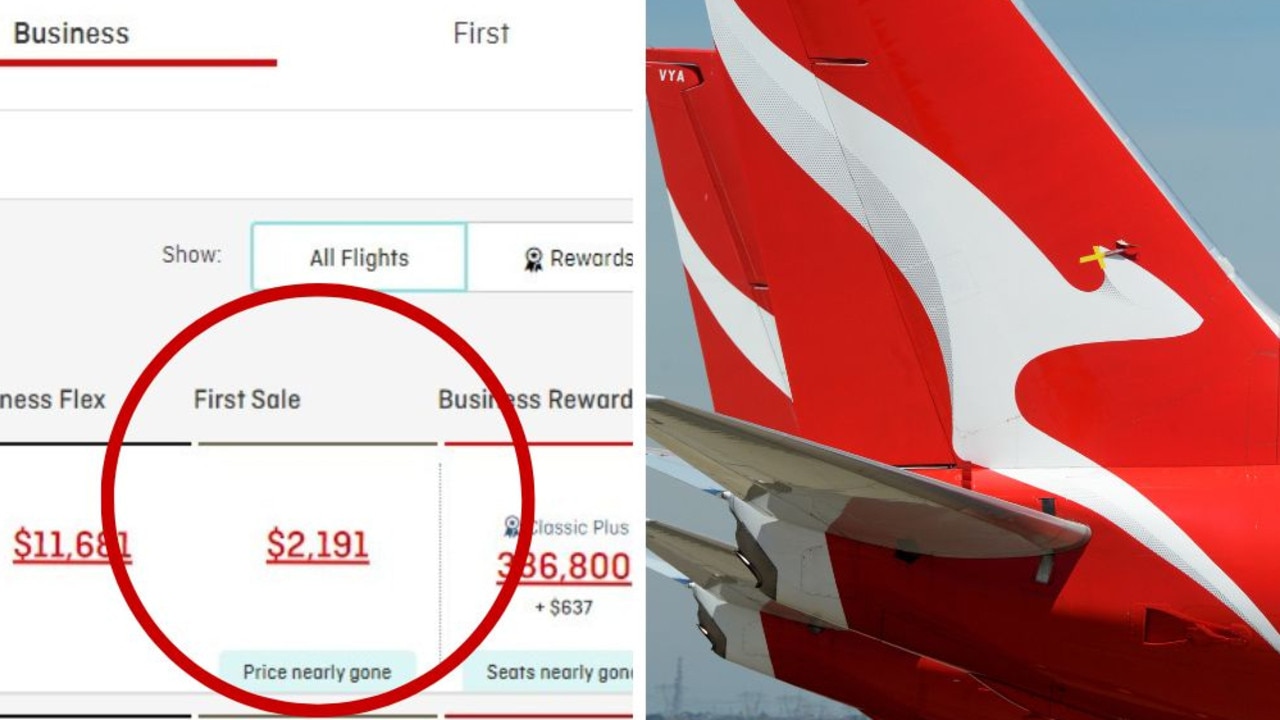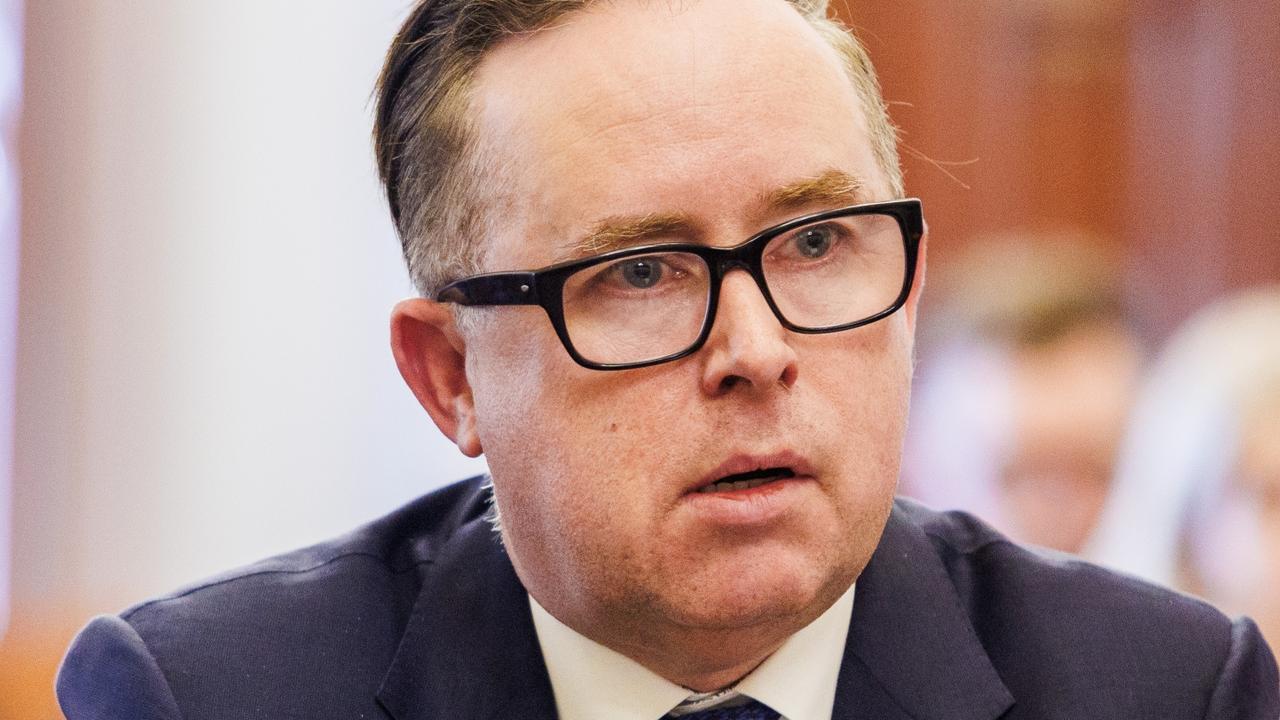Shocking amount airlines earn by slugging us for extra fees
AIRLINES are making an astonishing amount of money from charging passengers for basic extras. Here are all the ways they’re getting you.
IT’S no secret airlines make a lot of money by slugging us with extra fees for excess luggage, reserved seats and in-flight food and drinks.
This income, known as ancillary revenue, is growing so lucrative that some airline bosses suggest it could become more valuable to airlines than the money they make by actually selling flight tickets.
And now a new report has dished the dirt on exactly how rich some of the world’s biggest airlines are getting off these extra charges.
According to the report by research firm IdeaWorksCompany, just 10 years ago, the world’s top 10 airlines in terms of ancillary revenue earnt a combined total of A$2.65 billion.
Now, that combined income has risen to a whopping $35.3 billion, according to the firm’s study of 2016 revenue results.
US airlines United, Delta, America and Southwest were the biggest earners from ancillary revenue in 2016, followed by Air France/KLM, budget airlines Ryanair and easyJet, as well as full service airlines Lufthansa, Qantas and Air Canada.

The researchers noted most of the airlines made the top 10 list because of the huge amount of ancillary revenue they generated from frequent flyer schemes. The biggest example of this was Qantas, which earnt 90 per cent of ancillary revenue from its frequent flyer program last year.
Typically, airlines earn money from their frequent flyer programs by selling points to financial institutions, who then offer them to customers as a reward for signing up to credit cards.
Other airlines, such as low-cost carriers Ryanair and easyJet, which don’t have those programs, made their money from “a la carte” fees and commissions from car hire and travel insurance sales.
“Low cost carriers rely upon a la carte activity by aggressively seeking revenue from checked bags, assigned seats, and extra leg room seating,” the report said.
“Some of the best in this category have extensive holiday package business with route structures built upon leisure destinations,” the report said.
US budget airline Spirit now derives close to 50 per cent of its total income from these charges, according to the data.
The researchers also discovered that full-service airlines are increasingly following the no-frills lead of the low-cost carriers.
“Worldwide the a la carte approach long embraced by low cost carriers has been adopted by
network airlines,” they wrote.

“Within the US, American, Delta, and United recently introduced basic economy fares (sometimes called seat-only fares) to compete with [budget airlines] Frontier and Spirit.
“These fares reduce the product to a minimalist experience with fees charged for bags and early seat assignments, no elite upgrades, and a ban on flight changes. Yet when presented with higher fare, better service options, the majority of consumers opt to spend more.”
The report, released yesterday, was based on information from annual reports, investor presentations, financial press releases, and comments from airline senior executives.
Airlines didn’t typically disclose their ancillary earnings, IdeaWorksCompany said.
But the add-on extras are helping drive down the cost of airfares.
This week, the chief executive of Icelandic budget airline WOW air said if airlines could shift their focus from airfare revenue to ancillary revenue, they could reach the point of “paying you to fly”.
“I can see a day when we pay you to fly,” Skuli Mogensen told Business Insider.
“Our goal, and we’re working hard towards it, is for our ancillary revenue to actually surpass our passenger revenue. Whatever airline becomes the first to achieve this will be a game changer.”
Similarly, last year Ryanair chief executive Michael O’Leary said airfares could drop to as little as $8 — or even become free — as long as passengers continued to fork out for extras such as car hire, travel insurance, hotels and checked bags.
“As long as we can persuade people to buy additional, optional services, then I see no reason why we can’t keep driving down the underlying airfare,” he said.
2016 TOP 10 ANCILLARY REVENUE RANKINGS (A$)
1. United Airlines (USA): $6.22 billion
2. Delta Air Lines (USA): $5.17 billion
3. American Airlines (USA): $4.9 billion
4. Southwest Airlines (USA): $2.83 billion
5. Air France/KLM (France/Netherlands): $2.1 billion
6. Ryanair (Ireland): $1.98 billion
7. easyJet (UK): $1.36 billion
8. Lufthansa Network (Germany): $1.35 billion
9. Qantas (does not include Jetstar): $1.19 billion (90% of this is from frequent flyer program)
10. Air Canada (Canada): $1.18 billion
According to IdeaWorksCompany’s airline ancillary ranking for 2016.




